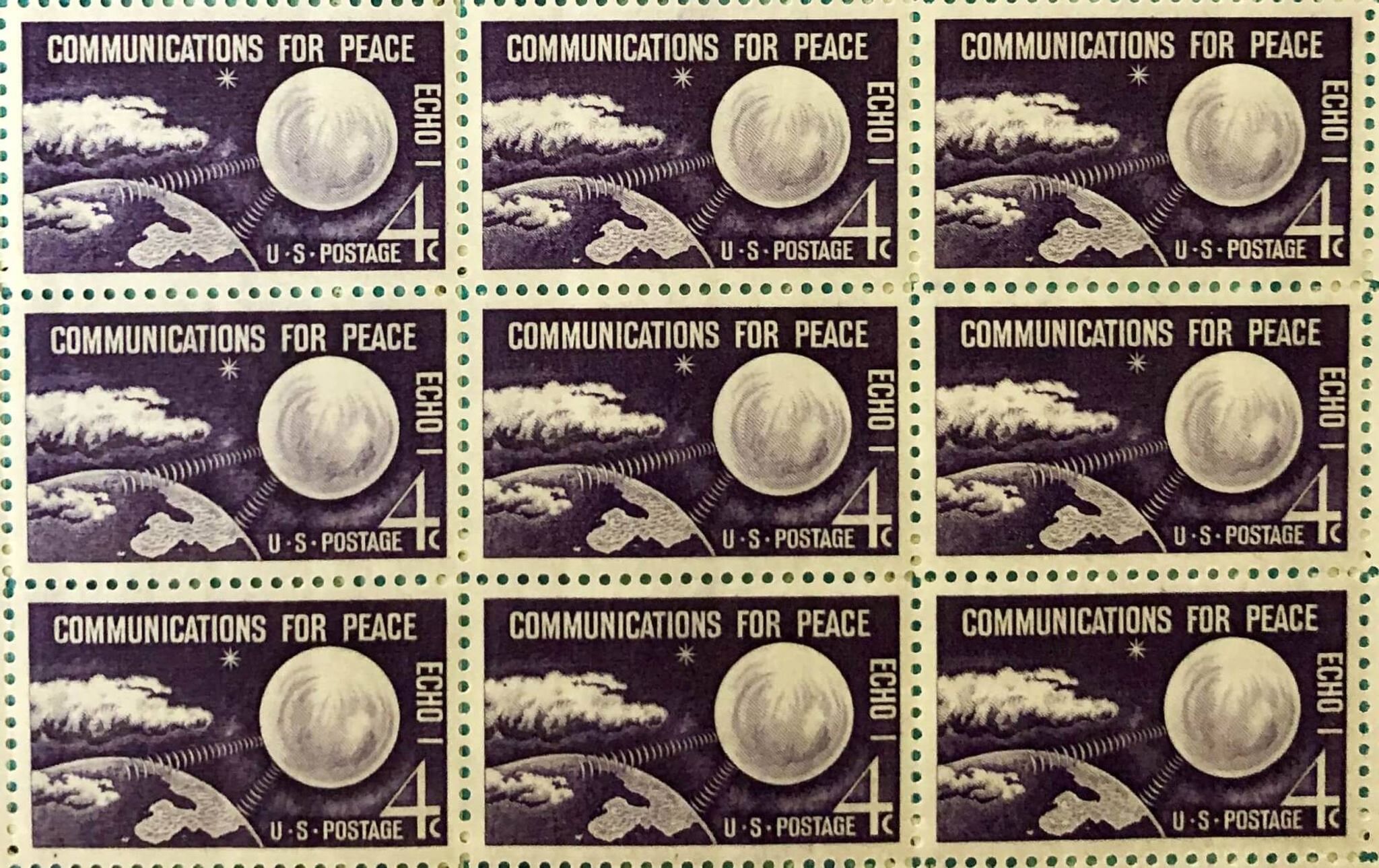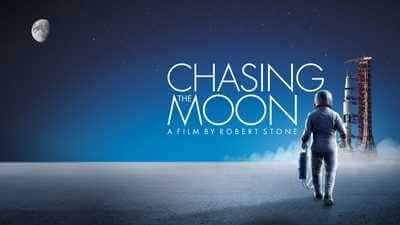Using a Balloon to Chase the Moon
Minnesota-based innovators experimented with high-altitude balloons and paved the way to the Space Race.
Did you know that Minnesota can lay claim to a series of pioneering milestones in the history of exploration of the stratosphere? It's a story that begins with two remarkable couples.
Jeanette Piccard and her husband Jean Piccard met at the University of Chicago, and the two moved north and a bit west in 1936 when Jean accepted a job at the University of Minnesota. By then, the two were accomplished high-altitude balloonists. In 1934, the two Piccards - with Jeanette as the pilot - reached 57,000 feet in a balloon ascension over Lake Erie. Jeanette Piccard held the world's altitude record for women until 1963, when Valentina Tereshkova of the Soviet Union orbited the earth.

In 1936, the Piccards began to tackle the problem of how to make balloons lighter and better suited for high-altitude flight. The couple co-created a concept made from plastic and successfully launched - with the help of reliable 3M tape - a pioneering cellophane balloon from the field of the University of Minnesota football stadium on June 24, 1936.

The next stage in Minnesota's pioneering ballooning history happened in the 1940s, when the Piccards met up with another accomplished couple: Otto and Vera Winzen. In 1946, Jean Piccard and Otto Winzen made a proposal to the U.S. Navy to use plastic balloons for stratospheric manned flight tests. The Navy on board, Otto and Vera Winzen founded Winzen Research, and began to work with a division of General Mills to execute the idea. While many of us think of General Mills only as a food company, it also had an engineering division focused on government and military contracts after World War II.


While her husband handled the aeronautics engineering of the firm, Vera Winzen was responsible for providing much of the money for the start-up and held a majority stake in the company. She also supervised the construction of the polyethylene balloons and managed the "balloon girls" needed to carefully assemble them.
Throughout the 1950s, it was common for residents of the Twin Cities and other towns around the state to see shiny balloons created by Winzen and General Mills floating in the upper atmosphere. After such balloon flights - especially daytime launches - Minnesotans would often call police departments to report what they imagined were UFOs.
Started by the Piccards and the Winzens, our region's scientific ballooning legacy was extended in the 1960s with the creation of what became known as "satelloons." In 1960, the Sheldahl Company of Northfield, Minn., created the Mylar-covered Echo 1 satellite. The two Echo inventions were heralded as the world's first telecommunications satellites and were a source of pride for the American space program still reeling from the launch of Sputnik in 1957. Basically, Echo I was a big aluminized balloon - inflated in space to a size of 100 feet in diameter - launched into low-earth orbit that served as a target to bounce telephone signals back to earth. Because the Minnesota firm created light-weight flexible materials used on many American space missions - including Apollo and Spacelab flights - the Echo I and Echo II satellites kickstarted Sheldahl's long association with the U.S. space program.


This story is part of WGBH's Chasing the Moon project. The documentary, Chasing the Moon, premieres on TPT 2 on July 8 at 8 pm.
Once upon a time in 1980, writer and New Journalism pioneer Tom Wolfe discussed his new book, The Right Stuff, in a hanger at the St. Paul Airport. We dusted off the interview and offered up some background on NASA's Mercury 7, a group of astronauts who embodied the title of Wolfe's masterpiece. Read "The Men of Mercury 7 Chased Glory with 'The Right Stuff.'"
